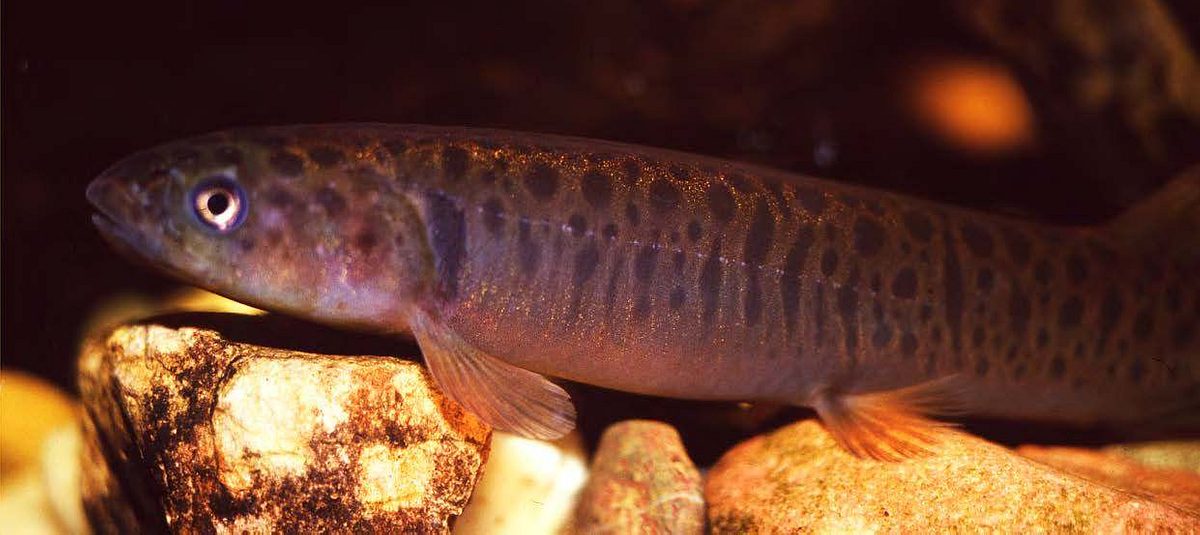Rare freshwater fish is a special find
An incredible discovery at Currency Creek demonstrates the importance of water for our freshwater ecosystems!
Have you heard of the native freshwater fish called the climbing galaxias?
Landscapes Hills and Fleurieu’s annual fish monitoring survey has revealed multiple climbing galaxias (Galaxias brevipinnis) in the Currency Creek Catchment for the first time and this is only the third sighting of the species in the last 20 years in the Eastern Mount Lofty Ranges!
Landscapes Hills and Fleurieu Team Leader Water Resources, Paul Wainwright, said the discovery is a strong indicator of the catchment benefiting from favourable and well-timed rain events and subsequent flow conditions.
“We engage Nature Glenelg Trust each Autumn to conduct fish monitoring surveys at over 100 sites across the Eastern and Western Mount Lofty Ranges. The surveys provide up-to-date information about fish populations but are also a strong indicator of the health of our water dependent ecosystems.
“Finding the climbing galaxias is a positive indicator for the health of that catchment. While the species is relatively common in the Western Mount Lofty Ranges, this discovery highlights a functional population in the east, and makes it the only known natural population of the species in the entire Murray-Darling Basin.”
“Many people may not realise the diversity of native fish and macro-invertebrates we have living in our creeks and streams, and they are a really special part of our environment.
“Climbing galaxias require flowing environments to survive and reproduce and their life-cycle requires movement between freshwater habitats and estuaries. Learning more about where populations occur will help us better-understand and manage these fish, including their favoured spawning locations and potential barriers to movement,” said Mr Wainwright.
Given freshwater ecosystems, including native fish, rely on flowing or permanent pools to spawn, survive and move around, maintaining critical low-flows in our creeks and rivers is a priority for Landscapes Hills and Fleurieu.
“We know that there are many species throughout the Mount Lofty Ranges that, just like the climbing galaxias, rely on landholders providing low-flows from farm dams and watercourse diversion points to provide and maintain aquatic refuges and support their life-cycle.
“Low-flows are regular, small flow events that occur naturally following rainfall events. In agricultural catchments these flows are often intercepted by farm dams or diverted by watercourse pumping. Low flows supply pools within watercourses that support water-dependent life for much longer than the channel itself.
“We encourage landholders with dams on their properties to do what they can to restore low-flows and contribute to the health of our local ecosystems. In most cases this will not impact on-farm water security It can be as simple as opening a trickle pipe or setting up a siphon to enable some flow to pass down the catchment.
“Our water team is on-hand to help you with techniques for releasing some water back into the catchment, often with no to very-little impact on your water holding capacity,” said Mr Wainwright.
In passing low flows from your farm dam or watercourse diversion point, you will help this remarkable species and other ecosystems, to thrive and recover. Read more about low-flows and water-ecosystem health here.




